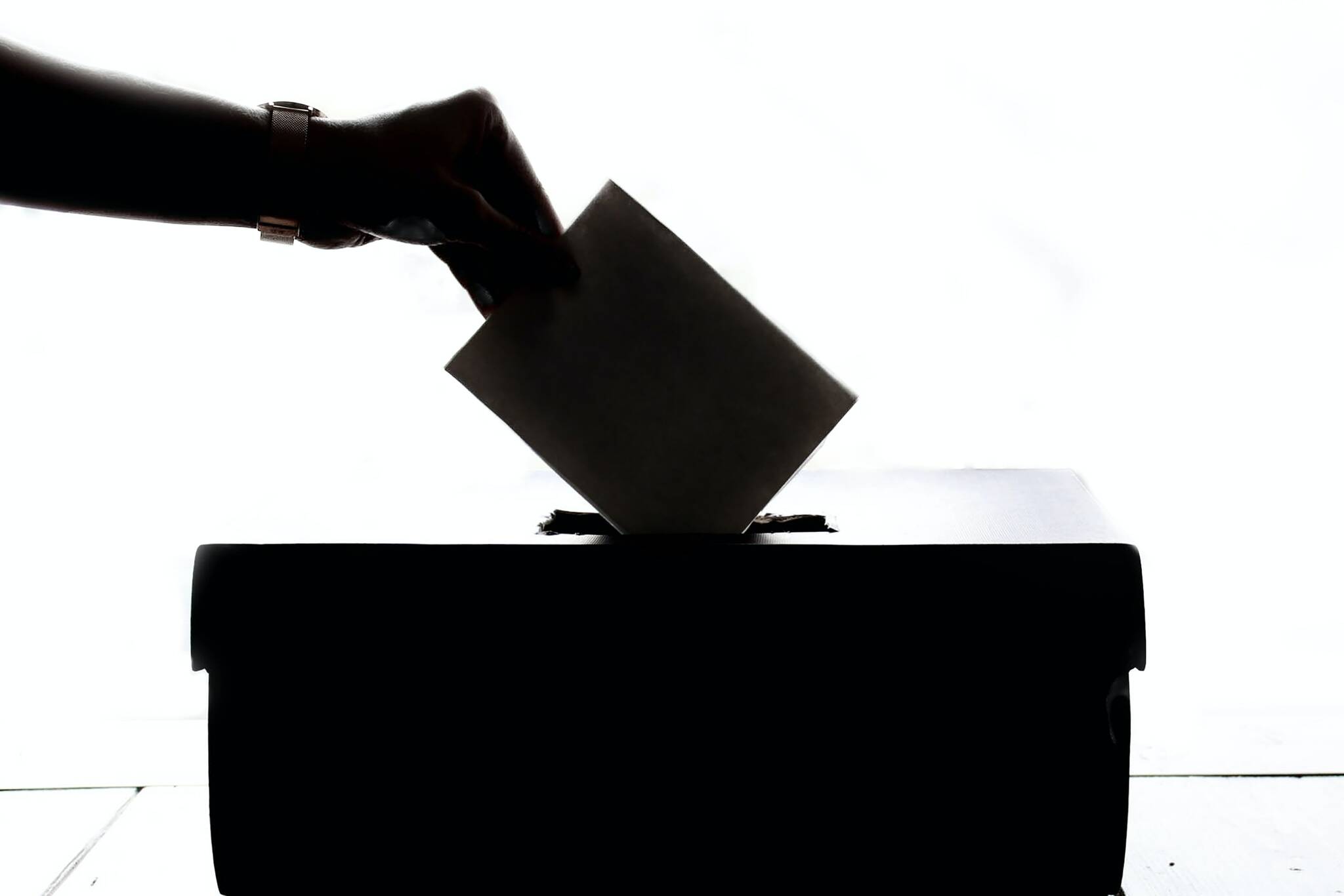By Win Gruening
Alaskan voters have had an opportunity to consider the modifications to Alaska’s election system since Ballot Measure 2 was enacted in November 2020. Articles regarding the changes have flooded the news. The Division of Elections has crafted educational videos and mailings attempting to explain it all.
Yet, with less than eight weeks remaining before Alaska’s first ever ranked choice voting election (the special election to fill Rep. Don Young’s remaining term), uncertainty and misperceptions abound.
Just in case you missed it, in a nutshell, there were two main changes:
— Partisan primaries are replaced with open top-four primaries for state executive, state legislative, and congressional offices; and
— in the general election, traditional ballots will be replaced with ranked choice voting where voters can rank the top four candidates that win in the primaries.
Based on what happened in the recent all-mail top-four primary, voter confusion over ballot procedures will continue. With 48 candidates on the special primary ballot, the top-four finishers were Sarah Palin, Nick Begich, Alan Gross, and Mary Peltola. In some voting districts, with voters having only one choice to make, as many as 17% of votes were invalidated. While the Division of Elections has not released details, the rejection rate may reflect the inherent pitfalls of mail-in voting.
Nevertheless, it’s obvious that voters had difficulty following the instructions provided. One wonders how voters will fare in the upcoming RCV election that is far more confounding and complex.
Then, if that wasn’t confusing enough, even before all the votes were counted, Gross, the third-place finisher, pulled out of the race. It’s not clear if Tara Sweeney, who finished fifth, can replace Gross in the special general election.
While the Division of Elections has ruled against adding Sweeney to the slate, who ultimately appears on the special general election ballot hinges on some rather odd wording in the original ballot measure. The language pertaining to candidate withdrawals for special primary elections excludes a reference to a U.S. House election. It seems that this may trigger an appeal that will likely go to the Alaska Supreme Court and necessarily be decided on an expedited basis.
Claims that this new voting system reduces partisanship have yet to be proven. Rumors of skullduggery are rampant. If nothing else, this whole fiasco points out what happens when laws are passed through unvetted ballot measures.
Meanwhile, combing through social media postings, it’s apparent voters have been strategizing about how to rank various candidates on the ballot. Early on, one poster asked the question about the upcoming RCV special general election on Aug. 16 : If there are multiple candidates from different parties on the ballot, how should I vote?”
Dozens of answers were widely divergent. Many suggested to only rank candidates with whom you are comfortable. Reportedly, Jason Grenn, who chaired the pro-RCV campaign committee, Alaskans for Better Elections, has told supporters “don’t rank anyone you don’t want to see elected.” So, presumably, voters listening to him may only rank one or two candidates and leave any others unranked.
Others opined just the opposite, saying voters should rank all the candidates. The theory is simple: Even if you dislike several of the candidates, surely there are differences among them and based on those differences you should have preferences.
This seems obvious but partisan strategists are sending mixed messages.
In this election, it may take three elimination rounds to determine a winner that garners a majority of the votes. If you only vote for one or two candidates, you potentially will have exhausted your vote and you may have no say in the final vote tally that determines the winner.
That’s just the opposite of what RCV purports to accomplish.
It is, however, what Alaskans voted for when we passed Ballot Measure 2. So, remember, your vote goes further by ranking all the candidates. Whether you lean left or right politically, surely you can acknowledge there are differences between Nick Begich, Sarah Palin and Mary Peltola (and perhaps Tara Sweeney, if an appeal is successful) — and can thus rank them appropriately.
That’s my theory and I’m sticking to it.
• After retiring as the senior vice president in charge of business banking for Key Bank in Alaska, Win Gruening became a regular Opinion Page columnist for the Juneau Empire. He was born and raised in Juneau and graduated from the U.S. Air Force Academy in 1970. He is involved in various local and statewide organizations.


